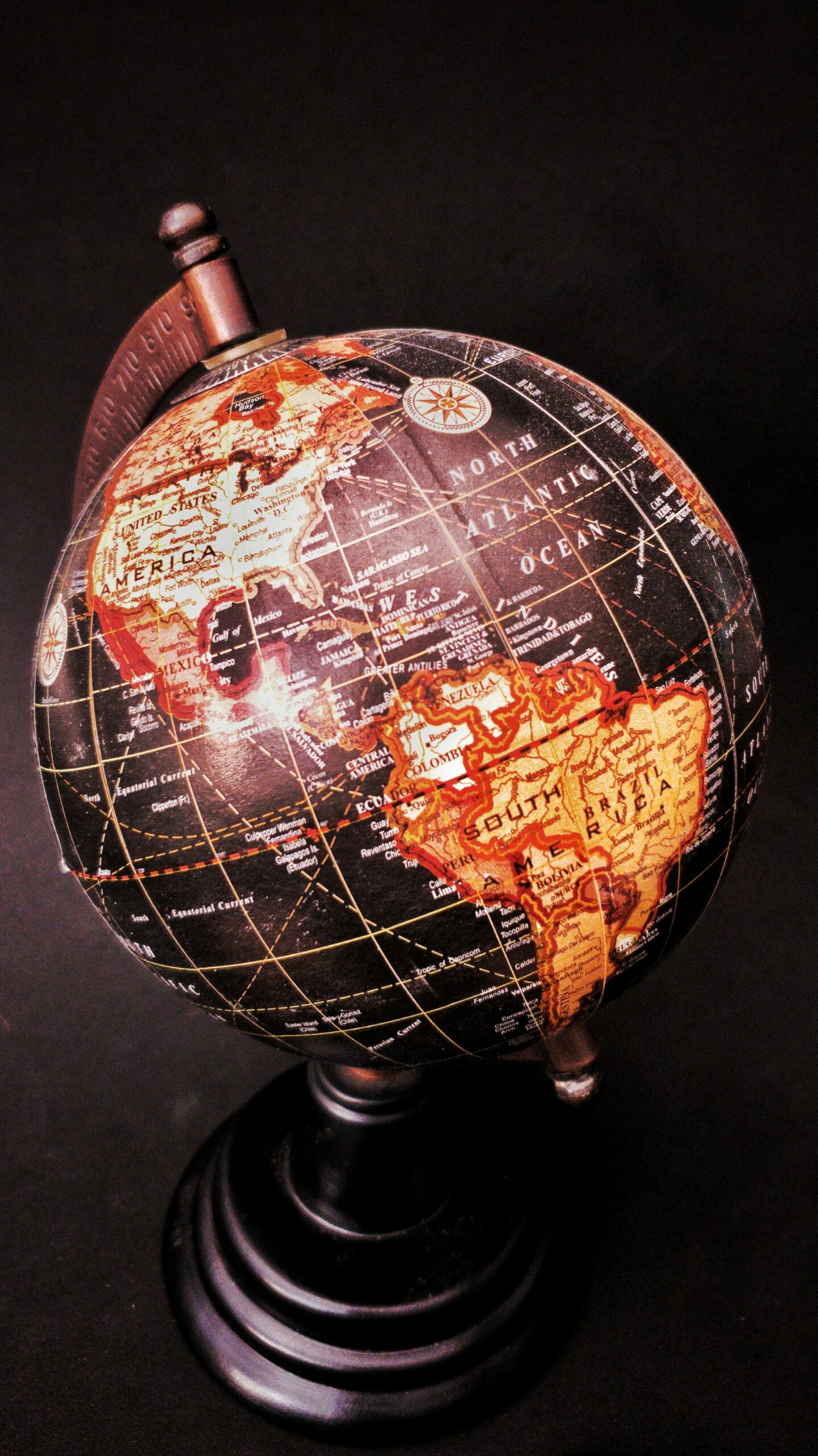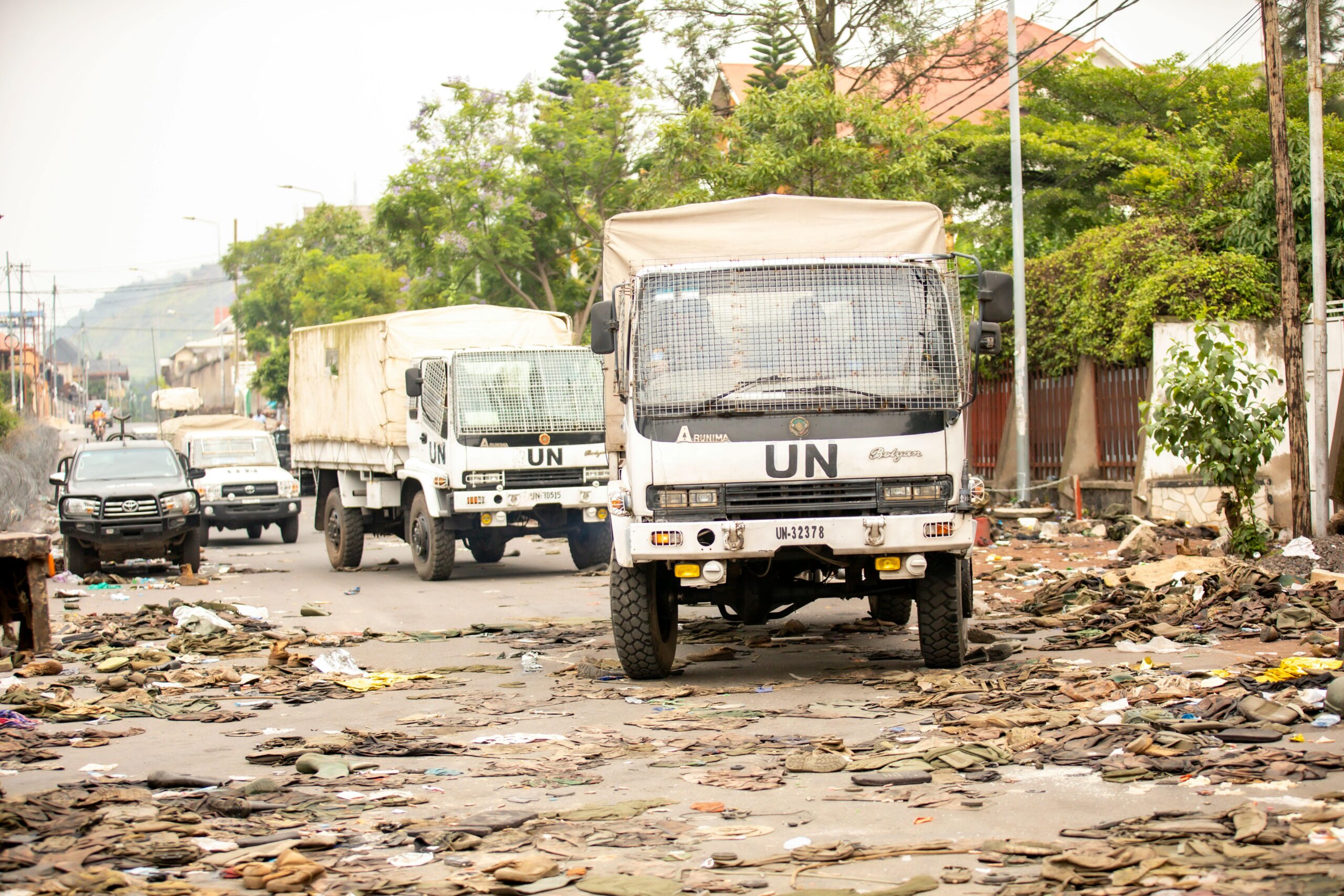In 2025, global trade is not just about economics—it’s also about power, diplomacy, supply chain resilience, and strategic positioning. New trade agreements are forming, old ones being remodeled, and alliances are shifting in ways that reshape not only global commerce but also geopolitical influence. Countries are increasingly looking to diversify their partners, enter into “future-proof” pacts (tech, green, strategic resources), and reduce dependency on single trading blocs.
Below is a breakdown of what’s at stake, what strategies are being used, major agreements in play, evidence of impact, and what to watch out for.
🌍 Why Trade Agreements Matter More Than Ever
-
Supply Chain Resilience: Disruptions (pandemics, geopolitical conflict, climate crises) have pushed nations and companies to rethink where they source raw materials, components, and finished goods.
-
Geopolitical Balance: Trade pacts are tools of diplomacy. Who you trade with, how open you are, and which standards you adopt signals alignment.
-
Economic Growth & Job Creation: Trade deals can unlock new markets for exports, attract foreign direct investment, and stimulate industries.
-
Green Transition & Tech Standards: New pacts often include chapters on environment, labor, digital trade, rare earths, and green energy—shaping global norms.
🎯 Strategies & Features of Modern Trade Agreements
The new trade agreements tend to include more than just tariff reduction. Several strategic features stand out:
-
Comprehensive Economic Partnership Agreements (CEPA)
These cover not just goods, but services, investment, digital trade, customs facilitation, and sustainability. -
Sustainability & Environmental Clauses
New trade deals very often include environmental protections, green standards, labor rights, or rules related to renewable energy. -
Strategic Resource & Technology Focus
Some agreements are being driven by access to critical minerals (rare earths), semiconductor supply chains, energy, or agriculture. -
Bilateral + Regional Hybrid Pacts
Agreements that mix bilateral deals with regional groupings to gain both depth (tailored fit) and breadth (access to many markets). -
Investment Commitments & Non-Tariff Barriers
Reducing regulatory burdens, recognizing professional qualifications, easing customs and sanitary procedures, and making legally binding investment protections.
📚 Major Agreements & Shifting Alliances in 2025
Here are several trade agreements or developments that illustrate shifting global alliances:
| Agreement / Pact | Who is Involved | Key Features | Strategic Implications |
|---|---|---|---|
| India-EFTA Free Trade Agreement (TEPA) | India & European Free Trade Association (Switzerland, Norway, Iceland, Liechtenstein) | Eliminates/reduces tariffs on most goods; includes services, investment, sustainable development. Wikipedia | Brings India closer to European markets beyond EU, strengthens Europe’s relationships outside the EU proper; diversifies India’s export destinations. |
| UAE’s CEPA Agreements with multiple nations | UAE & various countries (India, Malaysia, Kenya, Thailand etc.) | Covers non-oil trade, finance, logistics, halal trade, etc. Dxb News Network+2Arab News+2 | UAE shifting from oil dependency, becoming a trade hub; deepening ties with Asia and Africa; strategic pivot toward emerging markets. |
| Morocco-EU Revised Agricultural Deal | Morocco & EU | Allows preferential tariffs for agricultural products from Western Sahara with specified origin labeling; ensures compliance with EU legal norms. Reuters | Resolves a contentious legal dispute, strengthens trade legitimacy, demonstrates EU’s willingness to adjust trade policy in line with court rulings. |
| UK-EU Food Trade Deal | UK & European Union | Deal on sanitary & phytosanitary (SPS) rules to reduce border checks on agricultural goods; simpler paperwork. Reuters | Helps reduce trade friction post-Brexit; eases cost and delays; signals pragmatic fixes amid political tensions. |
| Trade Pacts in Africa / U.S. Relations | U.S. & African nations under AGOA; various arrangements pending | Discussions about renewing AGOA; preferential access for African exports; concerns over reciprocity. Financial Times | Africa’s export sectors remain sensitive to U.S. policy; extending or renewing such agreements impacts jobs, foreign investment, developmental trajectories. |
📊 Measuring the Impact: Key Metrics & Evidence
To evaluate whether these new trade agreements are reshaping alliances effectively, these are useful metrics and what current data show:
| Metric | What to Measure | Early Signs / Data |
|---|---|---|
| Trade Volume Growth | Increase in exports/imports along new trade corridors | India-EFTA expected to increase textile, leather, food exports. UAE CEPA expected to raise trade significantly with Asia & Africa. Dxb News Network+1 |
| Foreign Direct Investment (FDI) | Investment following trade agreements (especially for infrastructure, services) | TEPA includes ~$100 billion investment from EFTA over 15 years. Wikipedia |
| Job Creation / Sector Growth | In affected industries like agriculture, textiles, digital services | India-EFTA expected to generate ~1 million jobs via export & investment growth. Wikipedia |
| Tariff & Non-Tariff Barrier Reduction | Reductions in customs delays, SPS/labelling, 인증 (certification) talk, rules-of-origin simplicity | UK-EU food deal focuses on reducing SPS border checks. Morocco-EU labeling example. Reuters+1 |
| Geopolitical Realignment | Shifts in trade partner preferences, supply chain diversions, new alliances vs old ones | UAE placing more trade with Asia & Africa; India diversifying away from dependence on fewer markets. Dxb News Network+2India Briefing+2 |
🎤 Case Studies of Influence & Outcomes
India-EFTA (TEPA)
-
After 16 years of negotiation, this pact coming into force (October 1, 2025) will eliminate or sharply reduce tariffs on most Indian exports to EFTA, liberalize services & investment, and include sustainability commitments. Wikipedia
-
Expected benefits: Huge boost for Indian textile, leather, agricultural sectors; helps Switzerland, Norway etc. get better access to the Indian market for investment & services.
-
Also seen as a balancing act: India diversifying trade partners, not overly reliant on either China, U.S., or EU alone.
UAE’s CEPA Agreements
-
The UAE has signed multiple CEPAs with countries in Asia, Africa. Dxb News Network+1
-
This aligns with its Vision 2030 strategy to reduce oil dependency and become a logistics, finance, and investment hub.
-
Trade corridors are being built, and investments in infrastructure, fintech, tourism are part of it.
UK-EU Food Trade Deal
-
Post-Brexit, a lot of friction happened with food and agricultural trade. This 2025 agreement aims to ease SPS and border bureaucracy. Reuters
-
Reducing paperwork, delays, costs for farmers, suppliers, retailers.
-
Politically important because post-Brexit relations have often been fraught; this shows some practical cooperation.
🌍 Cultural, Political, and Strategic Impacts
-
Soft Power & Diplomacy: Countries forming new trade ties gain cultural influence as well—trade deals often include cultural, educational, digital exchange components.
-
Standard Setting: Deals with environmental clauses, labor rights, and digital trade are setting norms that other countries may follow (or be pressured to follow).
-
Dependence & Leverage: Nations supplying critical resources (like rare earths, agricultural commodities) gain more bargaining power. Meanwhile, importing countries may need to ensure diversified supply chains.
-
Regional Stability: Especially in regions like Africa and Asia, trade agreements can reduce economic instability, improve employment, mitigate migration pressures.
💡 Emerging Trends & Tensions to Watch
-
Green & Digital Trade Clauses are Increasingly Standard
Expect more agreements to include chapters on climate, clean energy, digital trade, e-commerce, AI, supply chain transparency. -
Strategic Resource Access as Driver
Deals over rare earths, semiconductors, energy will be central. Countries that have these resources or control key parts of supply chains will see heightened strategic leverage. -
Multipolar Trade Blocs vs Protectionism
While some nations are opening up, others are still enacting tariffs, industrial subsidies, or reshoring production. The tension between open trade and protectionism continues. -
Trade Diplomacy as Foreign Policy
Trade deals are becoming foreign policy tools for securing alliances, influence, and strategic alignment (e.g. tech, defense, infrastructure). -
Complexity in Implementation
Many pacts face delay in implementation due to regulatory complexity, domestic politics, non-tariff barriers, or infrastructure capacity issues.
⚠️ Challenges & Risks
-
Uneven Benefits: Not all sectors or regions within a country benefit equally. Some industries may face competition that threatens livelihoods.
-
Regulatory Misalignment: Differences in standards (e.g. environmental, safety, IP) can cause friction.
-
Geopolitical Fallout: Aligning trade with some nations may strain relations with others.
-
Overdependence: Too much reliance on one partner or block (e.g. supply chain dependencies) can become a vulnerability.
-
Domestic Political Resistance: Farmers, small businesses, or communities that lose from tariff reduction may oppose.
🔮 What’s At Stake
-
Economic Growth Trajectories: Countries entering modern, comprehensive trade pacts can expect accelerated growth, better employment, and increased competitiveness.
-
Global Influence: Whoever leads in setting trade standards (digital, green, investment, supply chain) shapes global norms.
-
Supply Chain Security: Access to vital inputs (energy, rare earths, food, tech) will increasingly define security more than military strength.
-
Climate Goals Alignment: Trade deals with environmental commitments can bolster global efforts to reduce emissions; failed or weak deals may hinder them.
📊 Suggested Graphs / Tables
-
Table of Key New/Updated Trade Agreements in 2025: Country A – Country B, Effective Date, Covered Sectors, Strategic Features (e.g. environment, tech, resource).
-
Graph: Change in Trade Volume Before vs. After Agreement for a few case studies (e.g. India-EFTA, UAE-Africa, Morocco-EU).
-
Map: Shifting Trade Alliances showing arrows of newly strengthened trade routes (Asia ↔ Middle East, Europe ↔ Africa, etc.).
-
Bar Chart: Number of Countries with Trade Deals Including Green/Digital Chapters over the past 5 years (to show trend).
✨ Conclusion
In 2025, trade agreements are much more than economic tools—they are strategic instruments reshaping international alliances, economic dependencies, and global standards. With new pacts like India-EFTA, UAE’s CEPAs, and revised EU deals, countries are repositioning themselves in a changing world.
The stakes are high: nations that act early, secure robust, inclusive and modern trade agreements will likely be the winners in the evolving global economy. Those who lag may find themselves left out of supply chains, standard-setting, and growth corridors.
Trade agreements are thus not just about goods crossing borders—they’re about who is setting the rules, who benefits, and how the world is interconnected.


